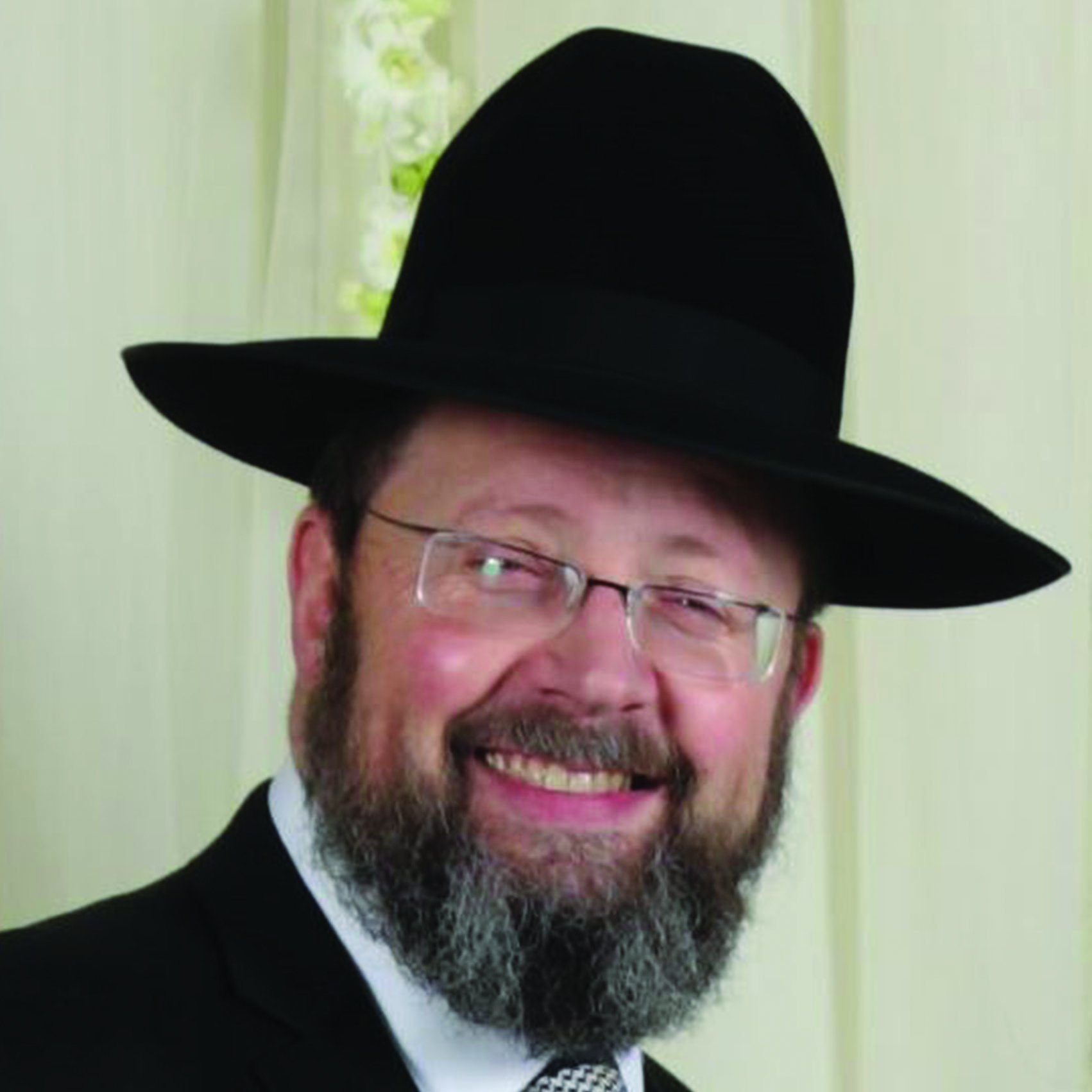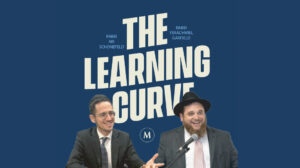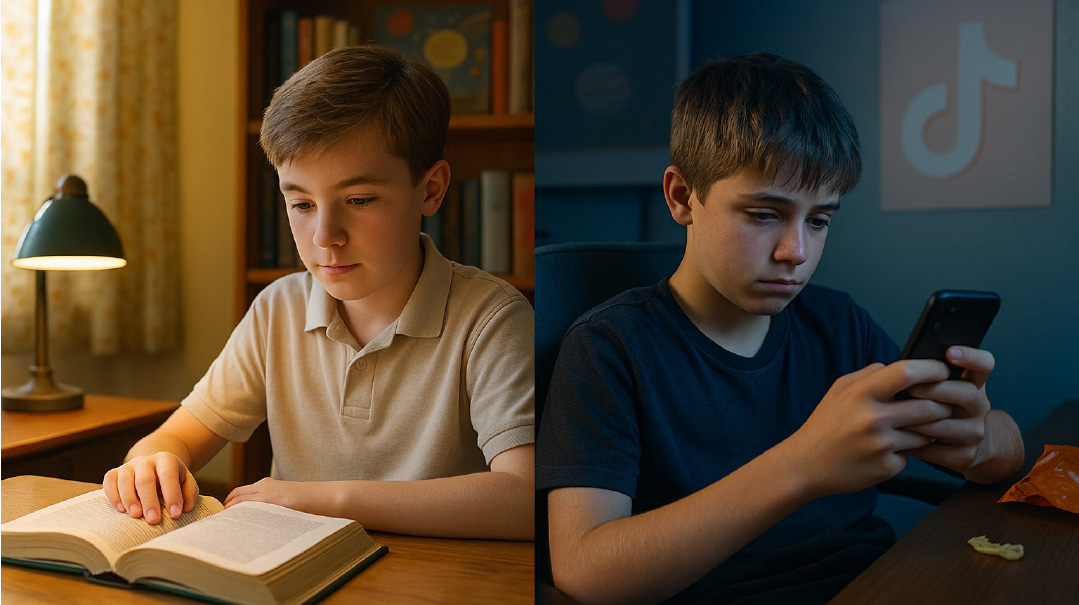A Two-Way Street


E
very educational system has its paradigm of success — an ideal prototype it aims to produce. A chassidish educational system tries to produce the perfect chassid; a Brisker educational system, a perfect Brisker; and a Bais Yaakov, the perfect Bais Yaakov girl. There is no need to describe the details of these profiles. Anyone exposed to each system intuitively knows the respective character traits.
And any educational system measures its success by how close the actual, flesh-and-blood products — i.e. the students emerging from the system — conform to the paradigm. The closer a given student is to the system’s ideal, the greater he or she will feel like a success. As such, a chassidish yungerman who may not excel in chassidic values but does excel in lomdus may not feel like a success, and similarly, a yeshivah man who has a pull toward chassidus but is not a classic lamdan may not feel like a success in his system.
The disillusionment felt by many balabatim results from the fact that the current educational system promotes only one image of success and does not give sufficient credence to an alternative image.
In post-World War II America, there were essentially two schools of thought regarding chinuch for the non-chassidic, chareidi world. One advocated Torah only, seeking to rebuild Torah after the decimation of the Holocaust; the other offered a more holistic approach, stressing other aspects of avodah as well, with the understanding that the young men would soon go to work. Hashgachah determined that the former should become the dominant voice, and this approach has experienced unparalleled success. But the collateral effect is a binary, polarized society: Either you are a “yeshivahman” or a “balabos,” and if you are the latter, you may feel like a failure of your educational system.
Yet the entire “us” versus “them” — “kollel yungerman” or “balabos” — is an artificial construct. In fact, there is a continuum between someone who is zocheh to learn full-time and one who has less time to be in the beis medrash. When someone goes to work, he did not “become” anything. He does not cross into an alternate universe inhabited by “balabatim.” There is no reason for him to shed his white shirt and go for the colored, or the polo shirt, or lose his hat in the transition. He is still part of his old team, so there is no reason for a new uniform. He is exactly who he was before; he just has less time.
But for him to maintain such a self-image, to still feel part of the system, then those still in the system, those part of the “team,” must embrace him as one of their own. It’s a two-way street. They have to view him as a success, and not a failure, and certainly not as a second-class citizen.
Perhaps then, some of the alternative vision must be incorporated into the chinuch message: that there is kedushah everywhere — for as Chovos Halevavos and Ramchal write, if Hashem places one in a situation where he has to work with “sibos” (mediums) to earn a learning, then those “sibos” themselves become a source of kedushah, and that “echad hamarbeh, v’echad hamamit” is recognized as fact. The many ways that a baal habayis can make his life meaningful can be incorporated into the educational model throughout the educational process.
If all throughout the process, an ehrlicher balabos is being held up as a paradigm of success as well, then one who goes to work will feel like an exemplar of the system’s success and also as part of the team. And that association itself is likely to generate growth in ruchniyus.
I have a dear friend, Moshe F., who arrives at shul at 5:00 a.m. and has a seder in Bavli, Yerushalmi, Mishnayos, and mussar each morning. He told me that as a bochur he had been tested for semichah and approached Rav Gedalia Schorr ztz”l to sign the semichah document. Rav Schorr responded:
“Your father is an architect and you are becoming an engineer. I will sign your semichah only on condition that you learn hilchos mikvaos.”
Rav Schorr was niftar that same day. Moshe then approached Rav Pam ztz”l, who said that he must fulfill that condition. Moshe did so over the next six months, and Rav Pam then gave him an hour-and-a-half farher on hilchos mikvaos.
That is the type of chinuch that teaches — and validates — a young man who is going into the workforce, and that produces a “balabos” who finishes Bavli and Yerushalmi.
One last thing: Perhaps we should replace the term “balabos” with “working ben Torah.” It may make all the difference. Chazak v’amatz.
Rav Avrohom Neuberger is the rav of Congregation Shaarei Tefillah of New Hempstead and the author of Positive Vision, a Chofetz Chaim Heritage Foundation project (ArtScroll\Mesorah).
(Originally Featured in Mishpacha Issue 750)
Oops! We could not locate your form.












